Welcome to THE CITY WHERE NOBODY IS A STRANGER! To the City of Glass, to the Balcony of the Atlantic and, yes, just like Paris, also known as The City of Light, among many other expressions. Join us and find out why this friendly city steals a little piece of heart from all those who visit it.
Itinerary to do in A Coruña
Highlights to see in Private Visit in A Coruña
Details
Duration
2 hours
Language
Guide in Spanish and English
Price
Group 1-3 pax (Privado 02:00 horas): 120.00 €
Group 4-6 pax (Privado 02:00 horas): 130.00 €
Group 7-10 pax (Privado 02:00 horas): 140.00 €
Group 11-15 pax (Privado 02:00 horas): 150.00 €
Group 16-30 pax (Privado 02:00 horas): 180.00 €
Availability and starting time
Check your date on the calendar on the right, or on the Book button!
When to book?
You can reserve up to before the activity
Free cancellation
Cancel free up to 2 days before the activity and receive a full refund.
Included
Official local guide accredited by the Xunta de Galicia
1 Participación en Premios Mensuales:
Ver Premios
Excluded
Visits/Tickets to monuments not included in the price.
Food and drinks
Meeting point
Conditions
How to book?
Limited availability. Book as soon as possible to guarantee availability. Choose date and fill in the required fields. Secure and protected payment. You will immediately receive your booking confirmation.
Super safe route! COVID-19 efforts
Our route takes the recommendations and key considerations of security and protection against Coronavirus.
Is the interior of the monuments visited?
Only the exterior of the named sites
Is the tour adapted for people with reduced mobility?
Fully adapted
Guaranteed departures without min of travelers
Yes
Are animals allowed?
Yes
Activity recommended for children?
Yes, families are welcome
Our promises
Best price guaranteed
Quick and easy reservation
Multilingual Customer Service
Secure payment
Contact us
Do you have any question?
Would you like this tour in private?
Reservation online or by phone (+34) 621002436
Cancel or modify reservation



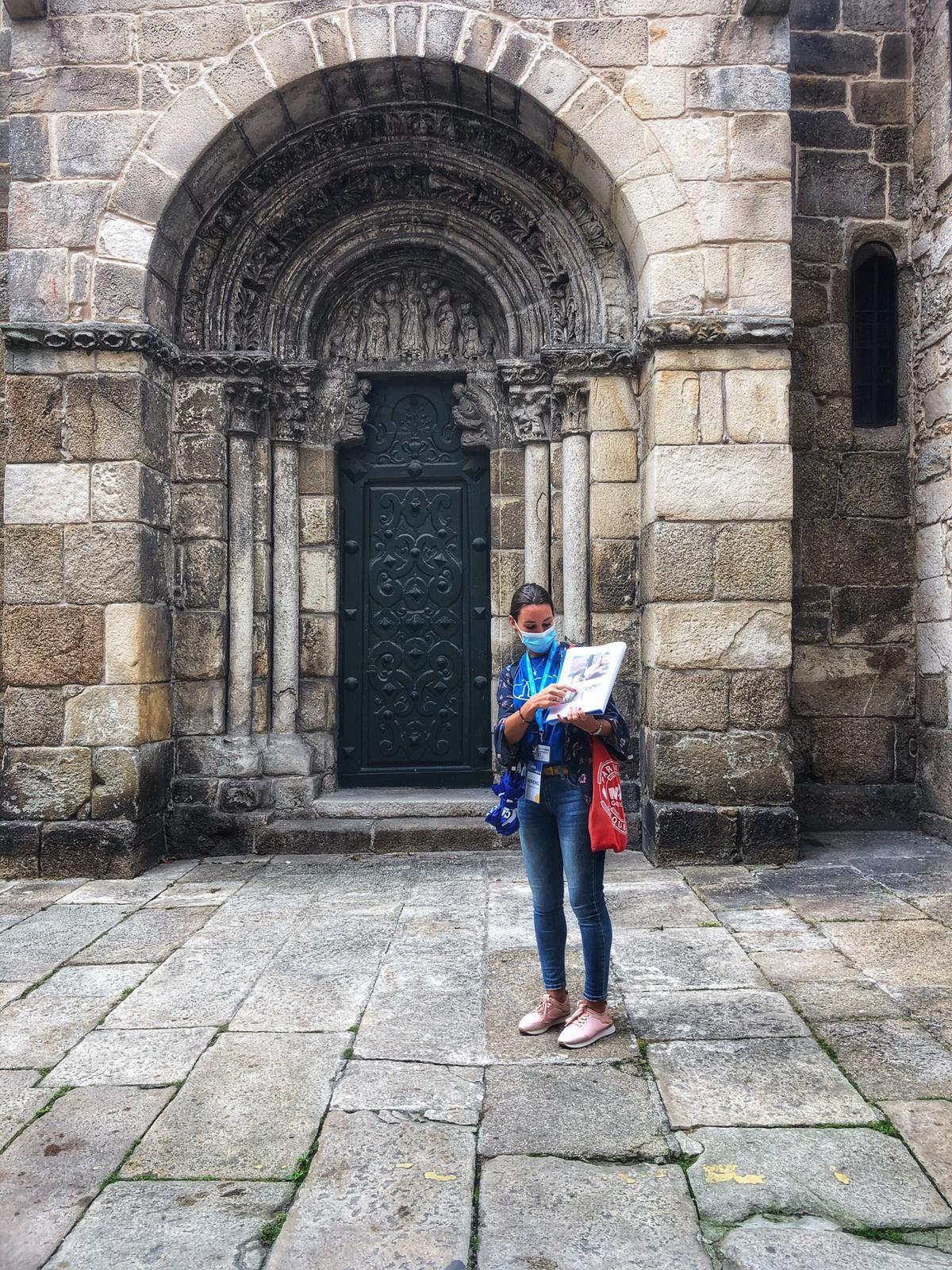
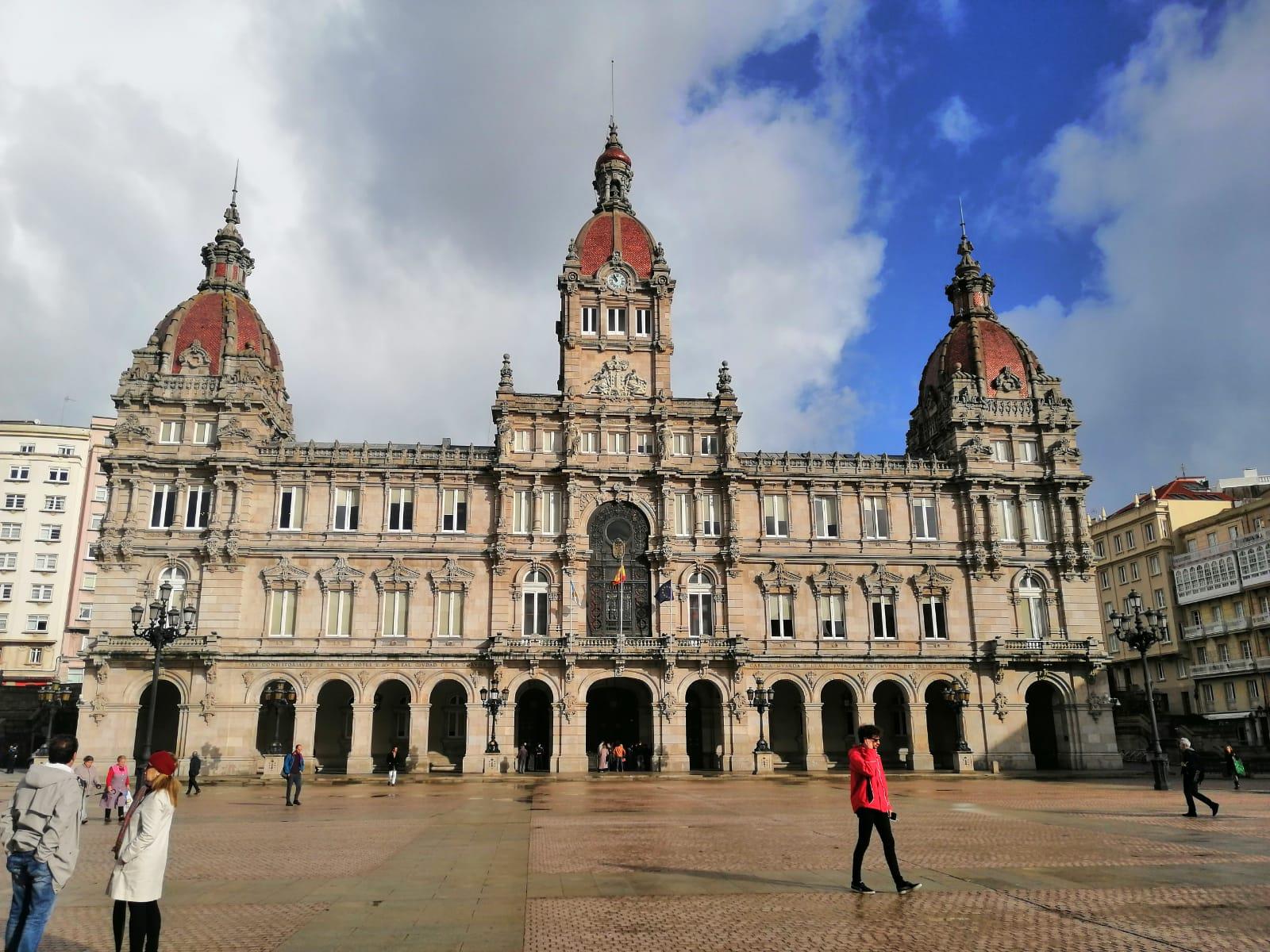
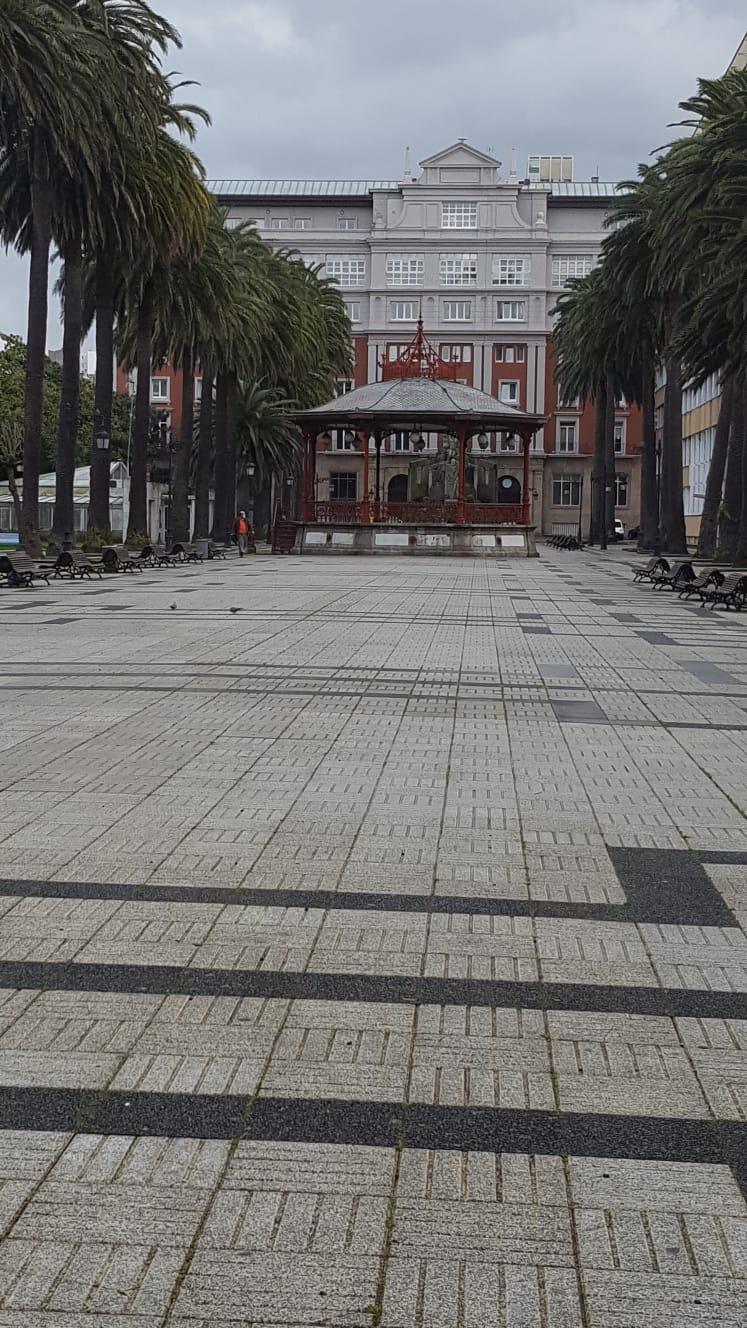
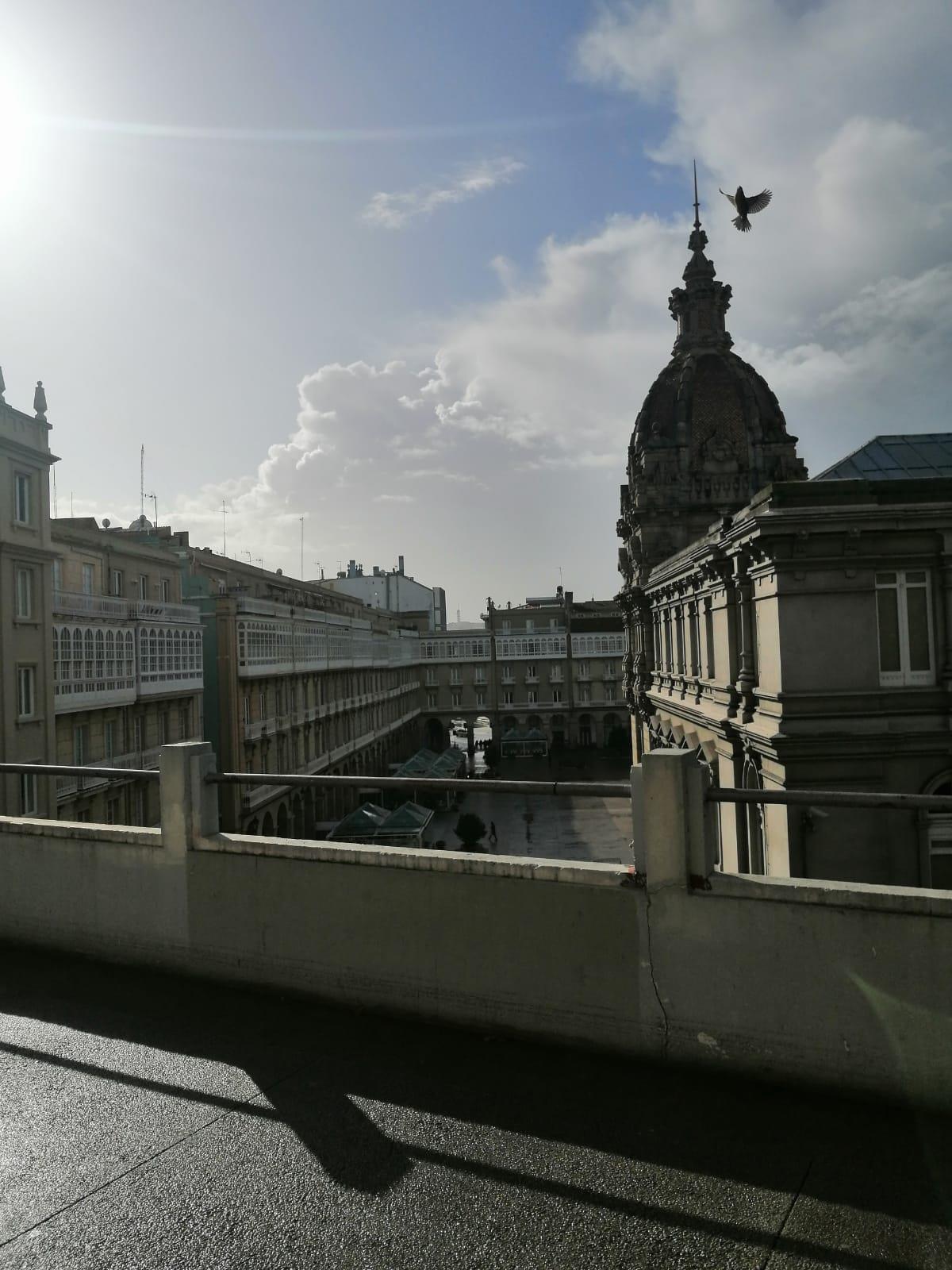
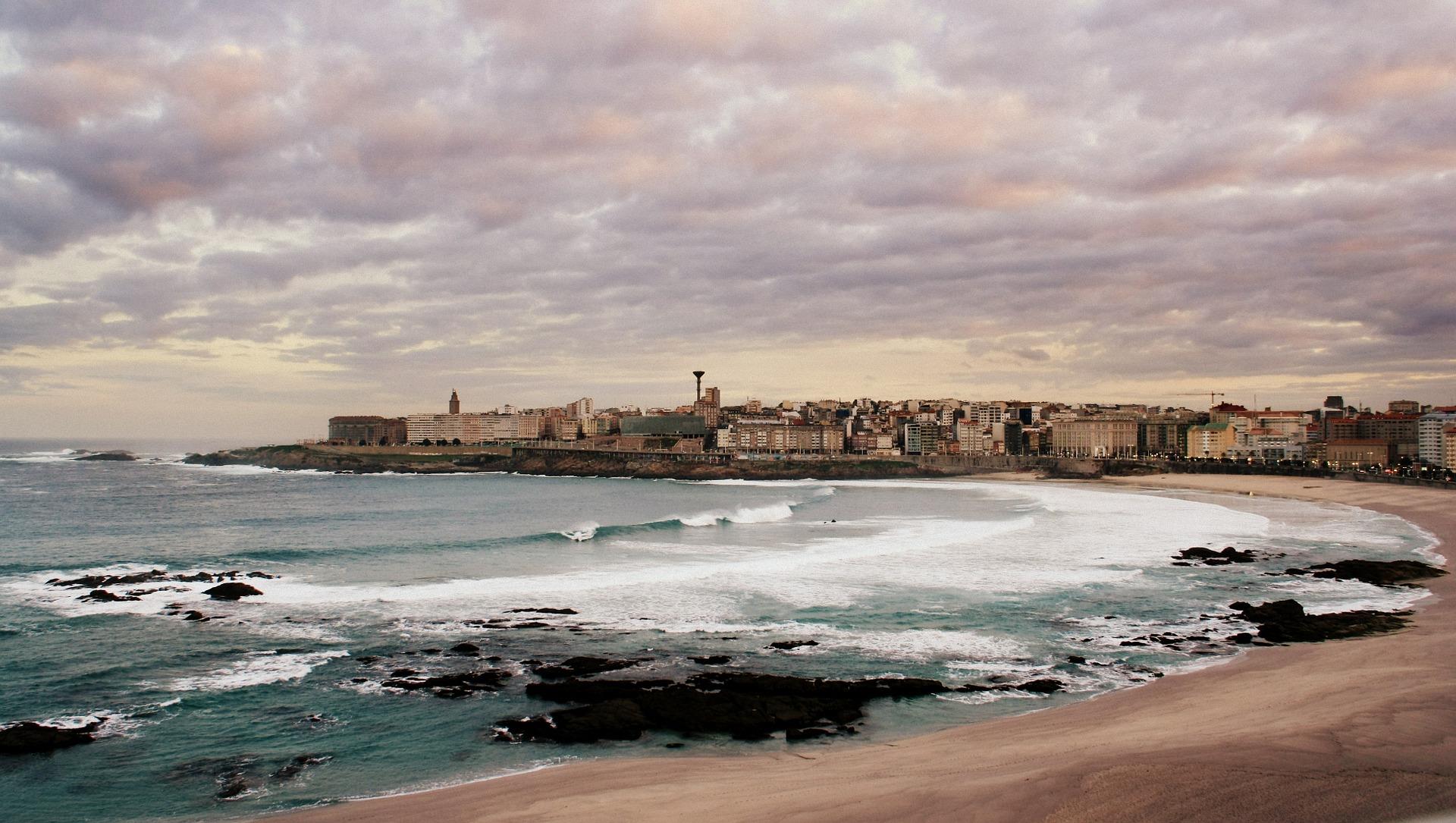
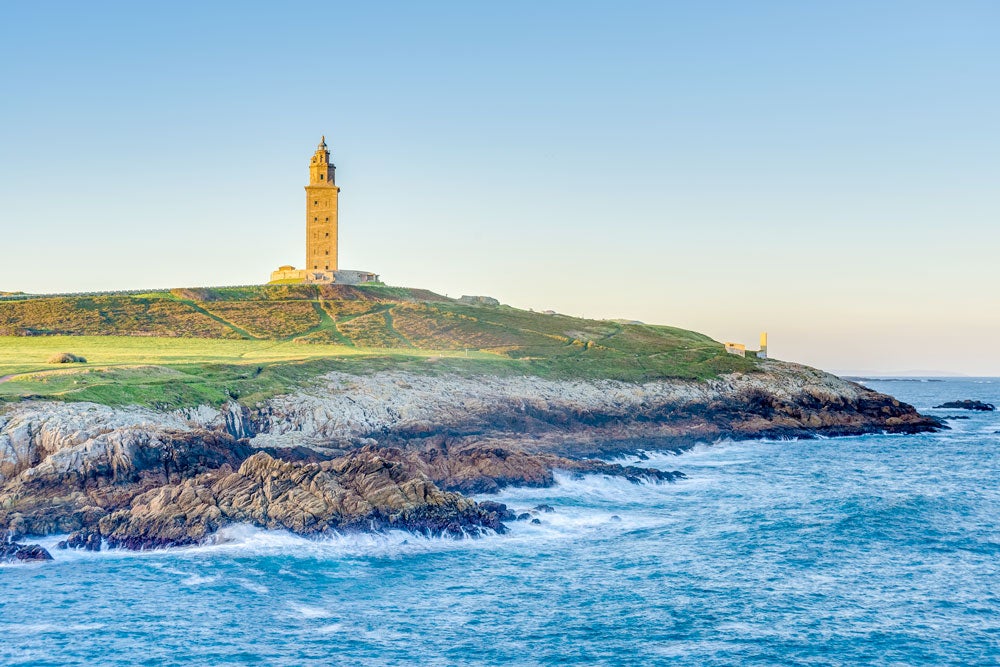
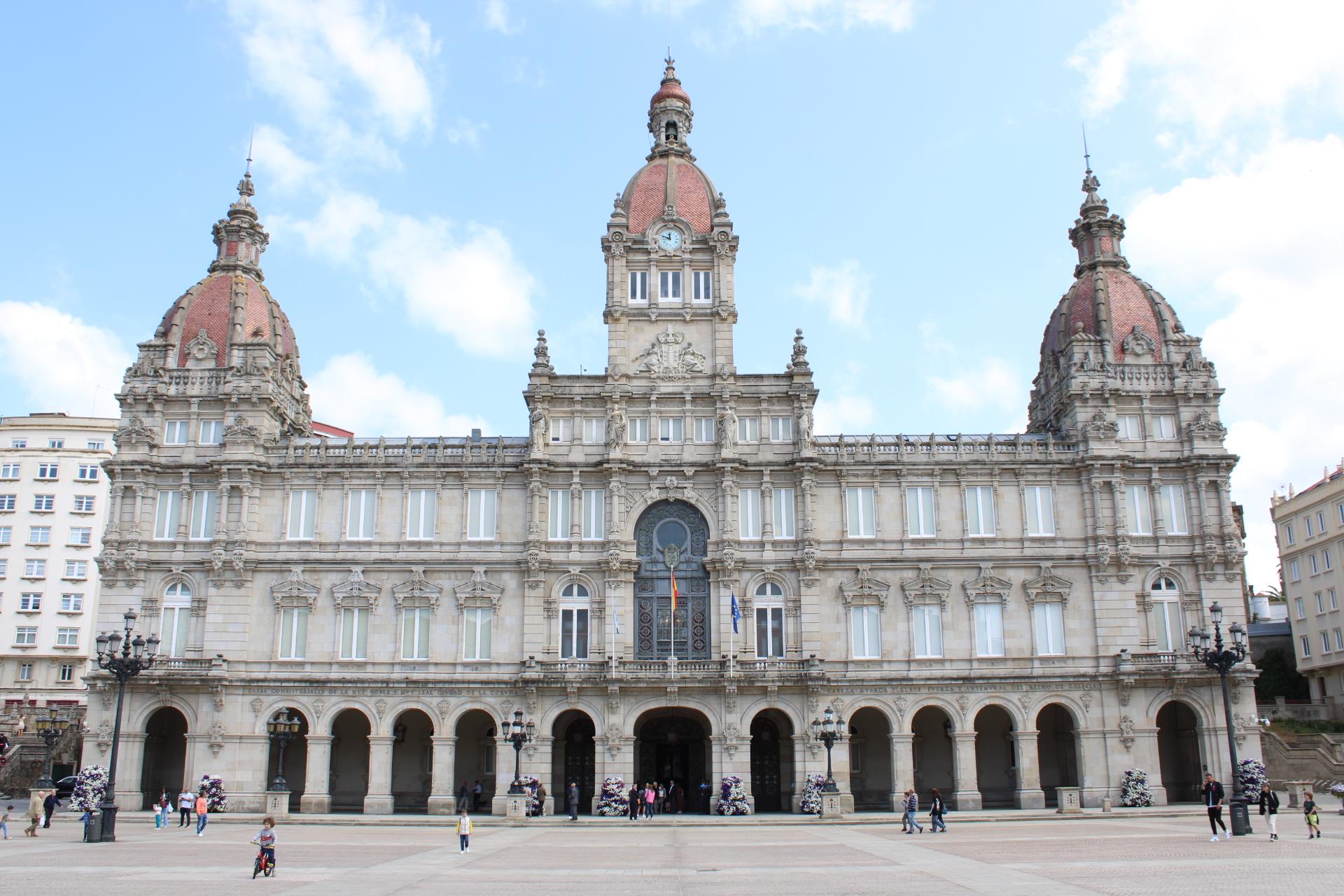
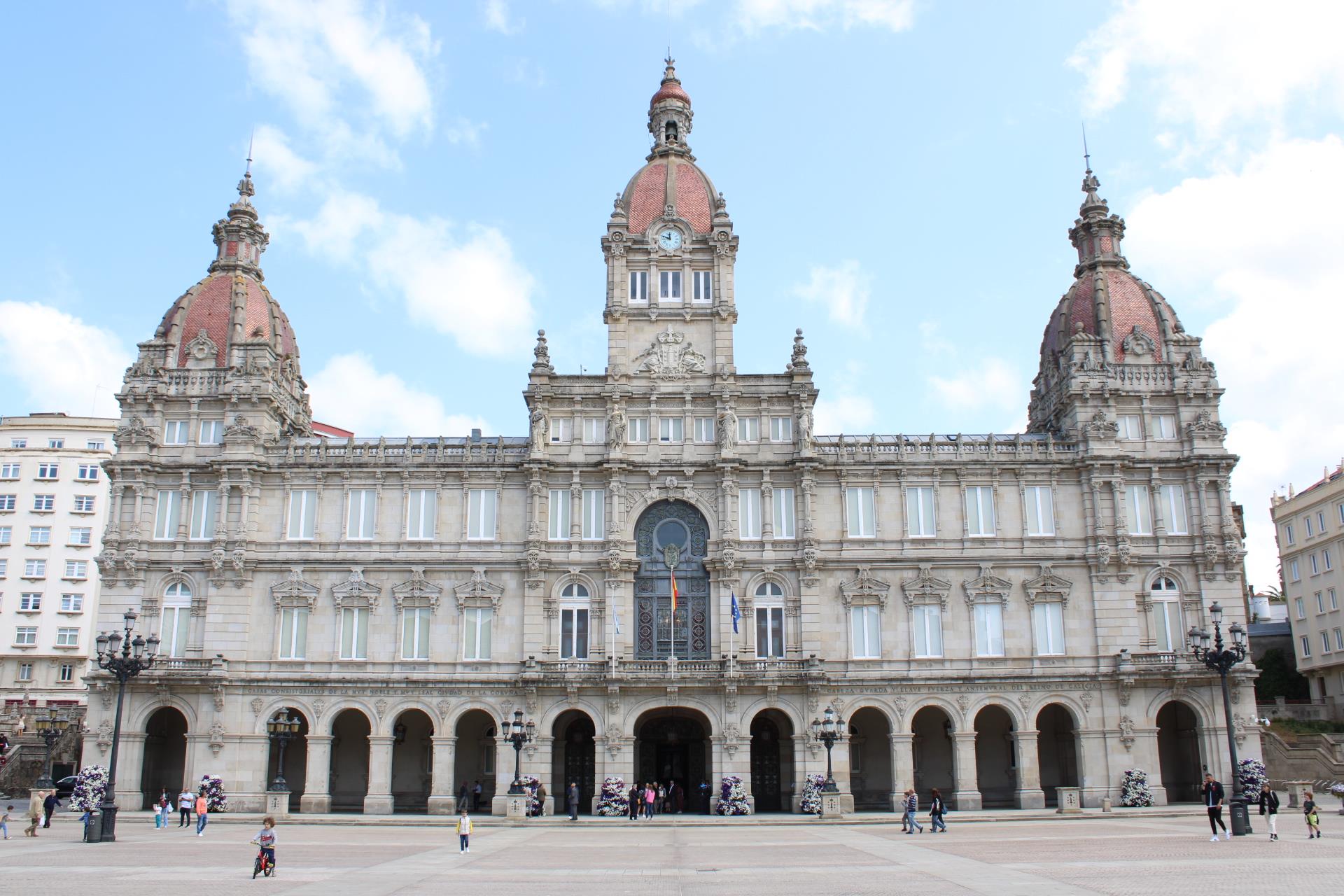
 Spanish
Spanish